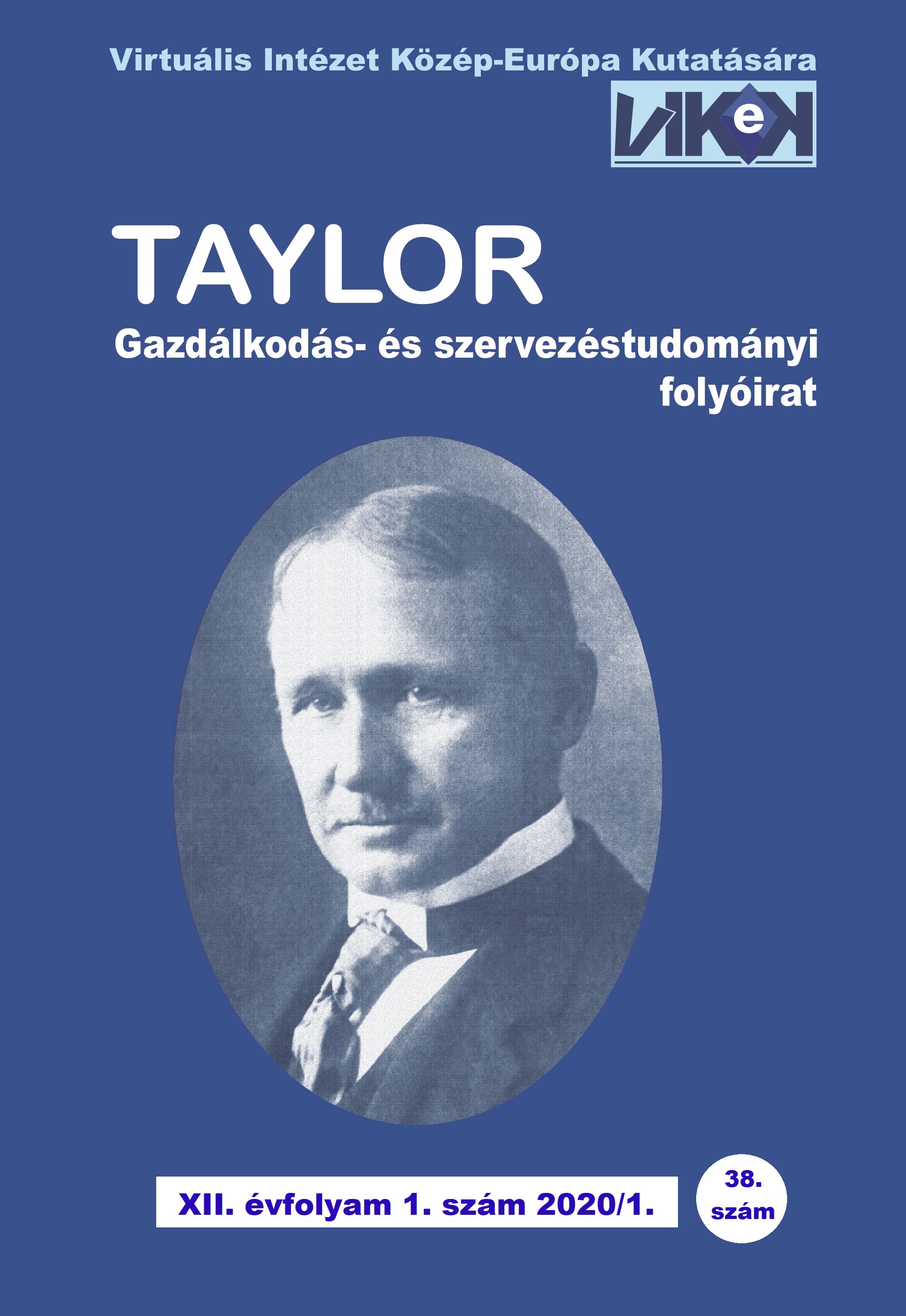THE PROBLEMS OF HUNGARIAN MORTGAGE LENDING HIGHLIGHTED FOLLOWING 2008 IN THE LIGHT OF EXPERIENCE GAINED IN ITS HISTORY
Main Article Content
Abstract
The boom of Hungarian mortgage lending after the turn of the millenium after the first years takes another direction than was originally aimed by the state home or social policy, which initially started this boom. The FED and some another central banks intended to handle the dot-com bubble burst with an over-supply of liquidity, thus the early 2000’s are characterized with low interests never before seen. Due to high sovereign debt and supportive fiscal policy the Central Bank of Hungary (MNB), having as the primary objective to achieve and maintain price stability held at a high level the interest rate, thus take place the situation high level of interest rate of forint – low interest rates of foreign currencies. This situation was a strong motivation for Hungarian banks to financing from abroad in foreign currencies, without taking into account that this method of financing happened yet in the history of Hungarian mortgage lending and in the longer term did not result any good. They provided mortgage loans with low interest for housing or for consumption purpose from cheap foreign currency liabilities rates making households feel like borrowing and being deep indebted in a few years. Due to decreasing of risk-appetite after the United States housing bubble burst, the forint devaluated, the Hungarian CDS increased and became difficult to prove liability from abroad. The collaterals were loosing from their value, and the government intervened in interest of borrowers.
